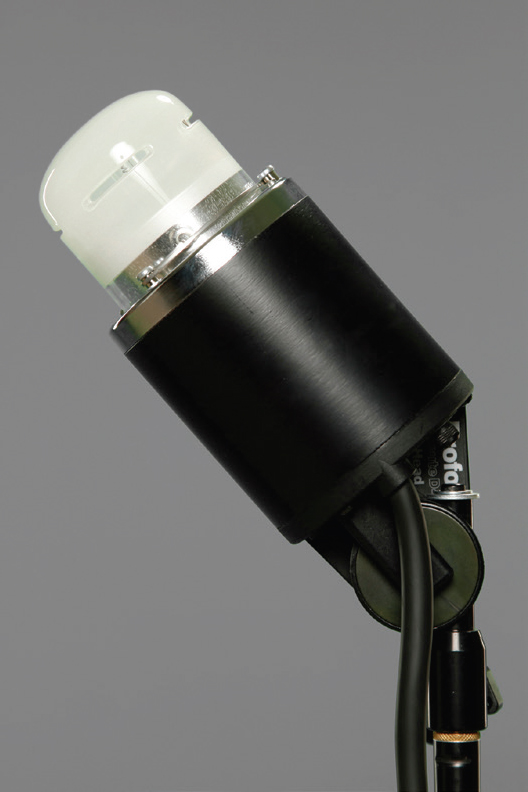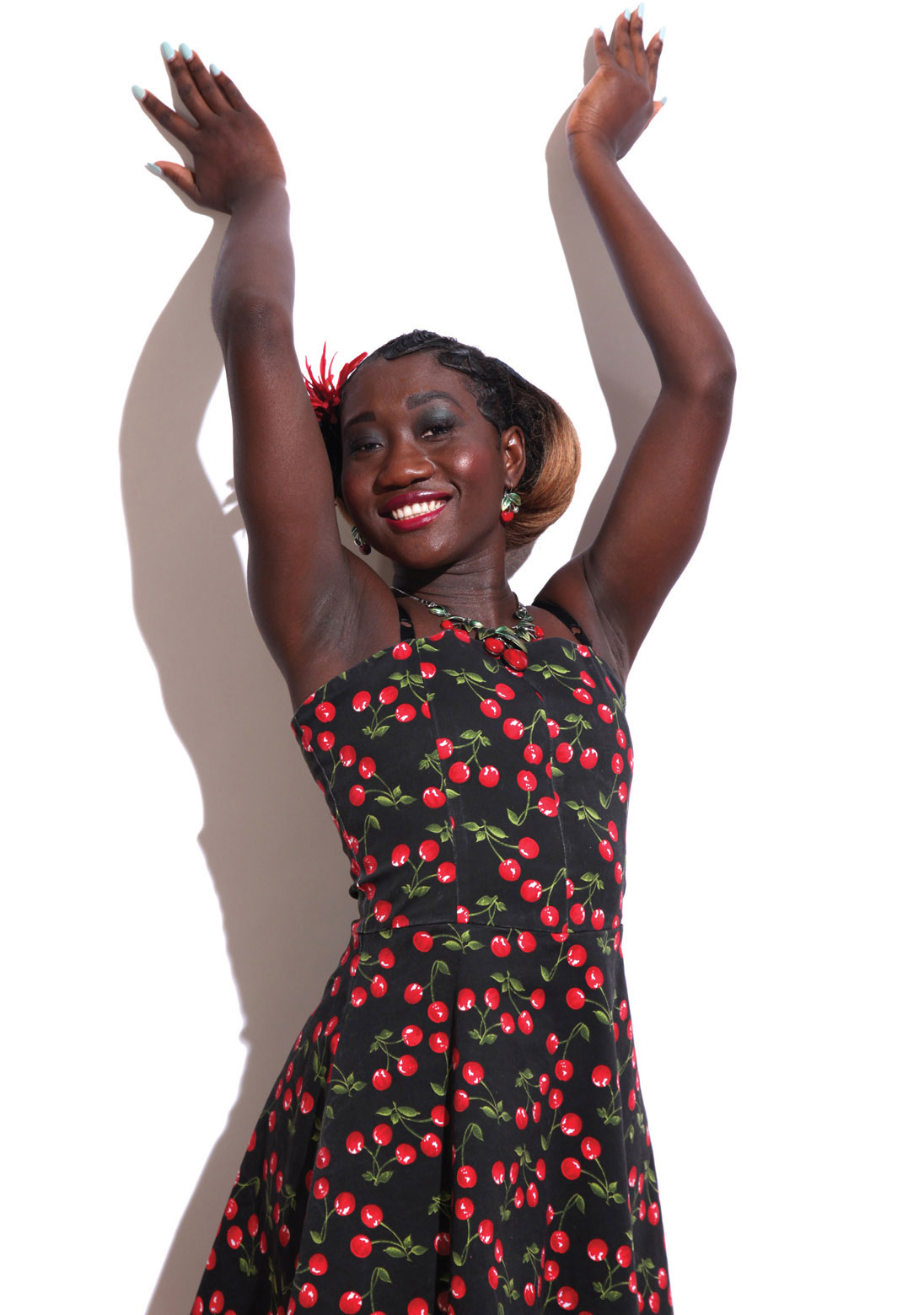This is a wonderful trick, and extremely easy to pull off with a studio strobe. One could also use an accessory flash as long as it was far enough away from the subject to throw light with an even exposure overall. If you’ve read my other books, you have a fair idea of how to use the Inverse Square Law to your advantage in this circumstance. Depending on the unit, the shadow might actually be sharper and stronger than from a studio strobe, since the source is smaller. Be sure to check the LCD to see how the diffusion/scatter screen on the flash defines shadow and contrast.

Judicious use of a second light adds realism without looking contrived.

This is my favorite angle for my strobe heads, but you should experiment with yours.

Controlling two lights is easy with a little planning and a good light meter.
To simulate sunlight, I use a bare-tube flash (a strobe without a modifier of any kind). I angle this light to either an 11 o’clock or 2 o’clock position relative to my subject because most studio strobes have a shiny edge behind the tube. I feel that positioning the lights like this diffuses the light slightly, and I like to control everything I can.
Simulated sunlight portraits are pretty simple to create, although I often use two lights to make the illusion believable. If you look carefully at this image, you’ll see that my subject is far enough away from the background to show a shadow only at the very bottom, yet the background looks believably bright.
In addition to the bare-tube strobe, I’ll set a second light, modified with an umbrella (only because the light from an umbrella has a little more “snap” to it), and aim it at the background. When you do this, be careful that none of this light falls on the subject or it will destroy the illusion of single-source, simulated sunlight.
The background I used for this second simulated sunlight image is also noted in chapter 13. This is a large, professionally painted piece that, like a motion-picture background, looks just real enough for a viewer to think it’s authentic. Smoke, mirrors, and cheap tricks are what distinguish us from the norm.
I set the bare-tube flash higher than usual to mimic early-afternoon sun. Sometimes, you’ll need to break a “rule” or two for the sake of reality. Don’t worry. It’s permitted under the rules of artistic license.
My second light, a 60-inch umbrella, was aimed toward the background and powered up ⅓ stop over the main light. This extra brightness increased the illusion of being in an open meadow.
Any wall will look like an outdoor set when your subject is placed against it. The bare tube will create an interesting shadow that rivals sunlight. Remember that the shadow will sharpen up as the light is moved farther away.

When the subject is flat against the background, one light is all you need.